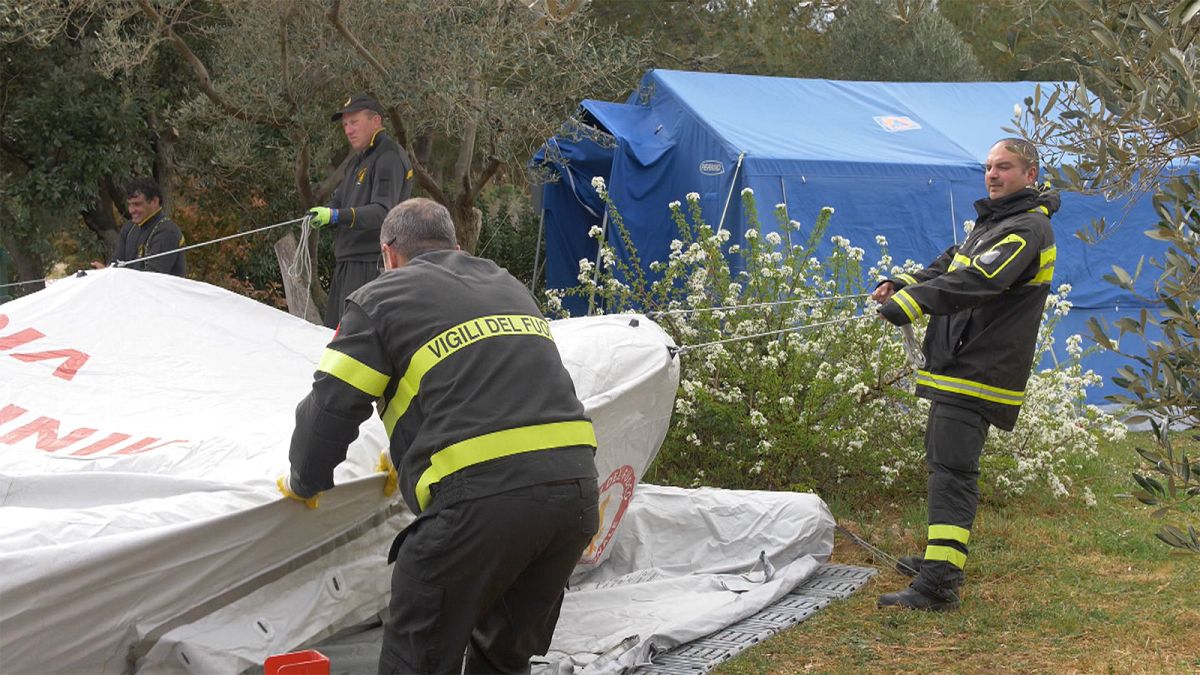How do rescue teams from different countries work efficiently together at the height of a disaster? Aid Zone takes a look.
Italy is one of five EU member states that have already put aircraft at the disposal of the RescEU reserve, the first European Union civil protection force.
The reserve so far has around a dozen airplanes and helicopters available, even though it is still in the transition phase.
The objective of RescEU is to strengthen the European Civil Protection Mechanism in order to deal with more frequent and complex disasters, including forest fires.
The EU’s Commissioner for Humanitarian Aid and Crisis Management, Christos Stylianides, told Aid Zone that catastrophes and natural disasters “have no borders”.
So how can teams from different countries work efficiently together?
While filming the RescEU force training on the Croatian island of Cres, the Director of the Italian Civil Protection service, Luigi D'Angelo, explained to Aid Zone how the transnational force works.
"We have tried to standardise the operational capacity of the individual member states," Mr D'Angelo said. "Therefore, if we’re talking about forest firefighting, for example, standard formats have been shared with all countries.
"Complying with them means that each state must contribute to forest fire emergencies. In the case of fires, for example, we have a module that consists of 57 operators and 25 vehicles and develops an operational capacity that is similar to those of other member states, as we see right here inside the base camp.
"Each country brings a similar contribution to the others in order to be able to inter-operate and work effectively together."
